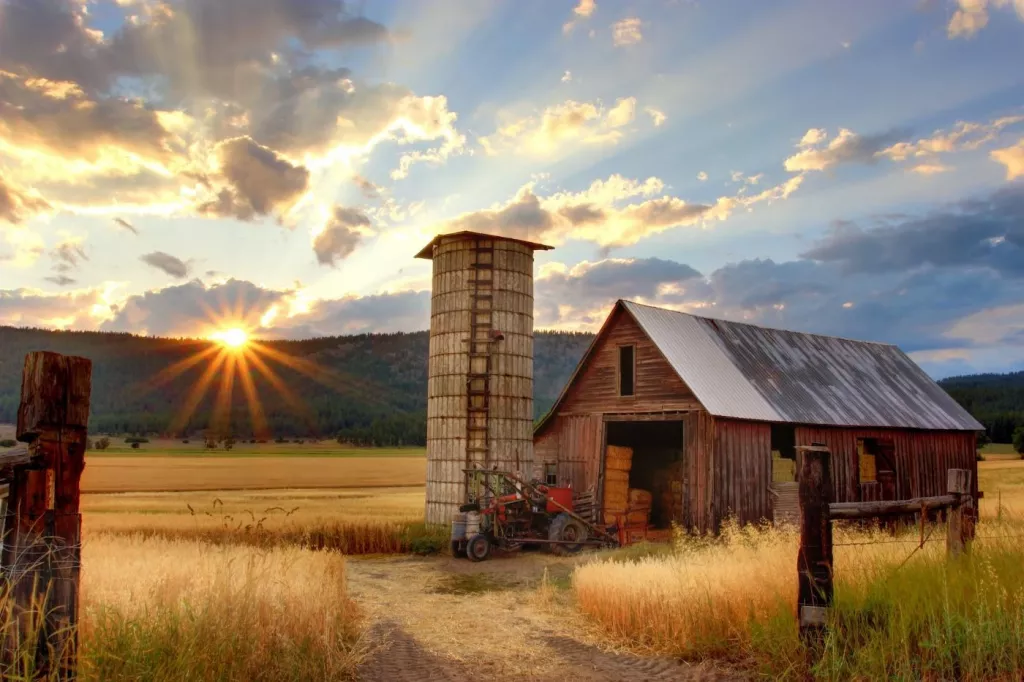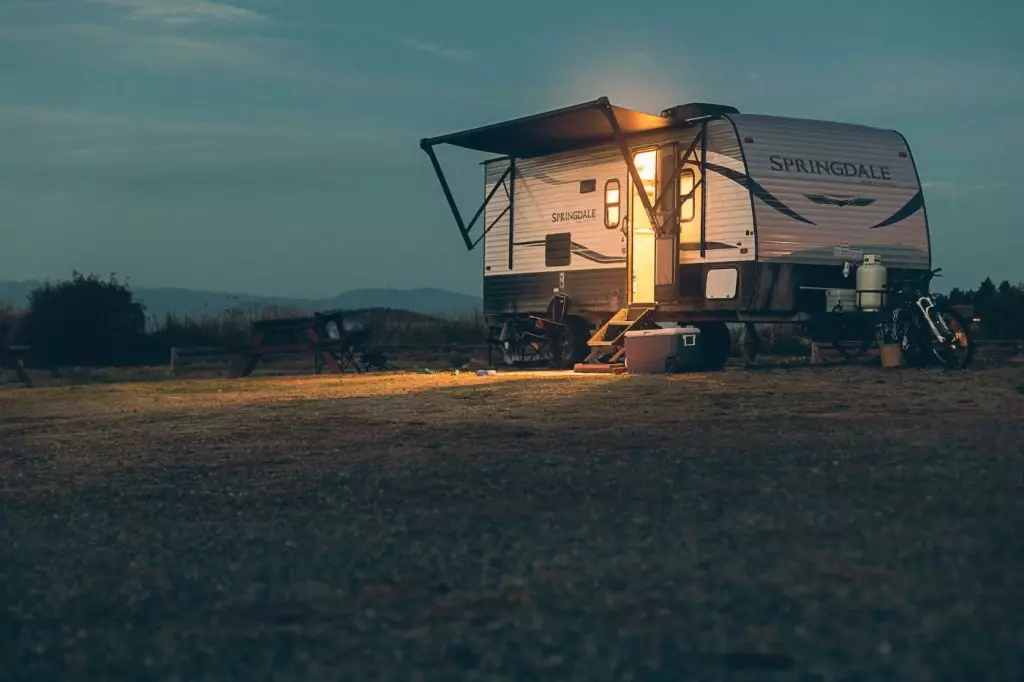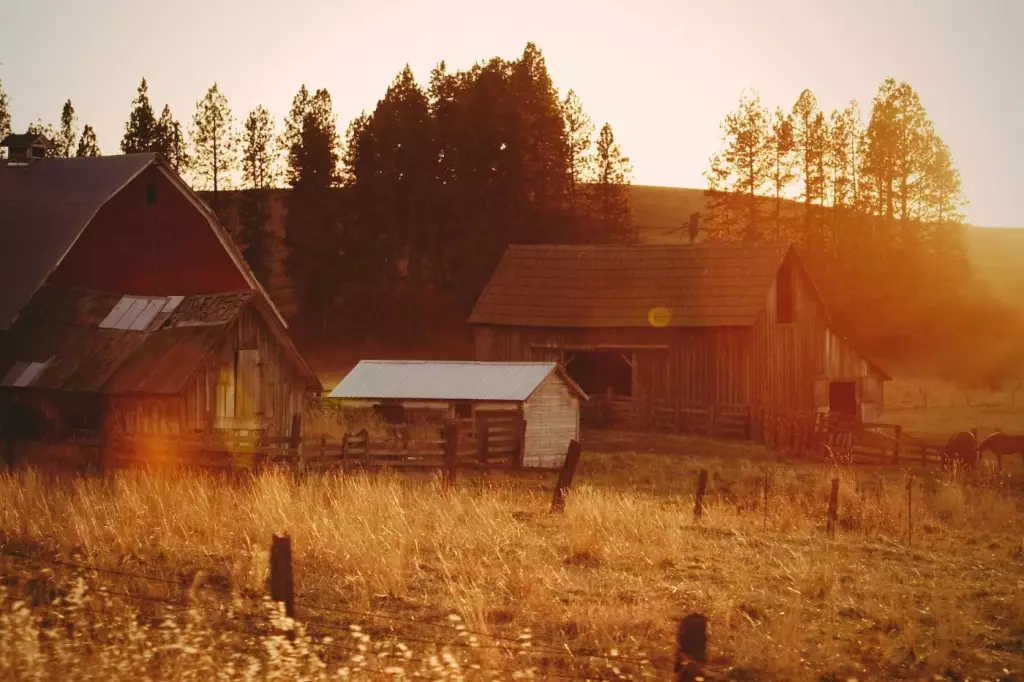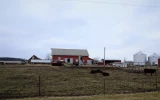Can You Build a House on a Smallholding? (UK)
Living off agricultural lands such as smallholdings has become a recent trend. Smallholders, however, have been struggling with maintaining their land while keeping their full-time jobs. Building a house on their land may help them ease into farm life and become full-time farmers instead. With an estimated 45,000 smallholdings in the United Kingdom, let’s find out in this article if building a house on a smallholding is possible in the UK.
You can build a house on a smallholding in the UK, given that you have planning permission, which may be obtained for the following reasons: agriculturally tied dwellings, temporary homes, pre-existing use and development, and repurposing agricultural units for residential use.
Obtaining planning permission entails a long and complicated process, but if you’re determined to apply for it to allow you to build a house on your smallholding, you've landed on the right article. We will discuss different ways you can apply for planning permission to build on agricultural land.
Summary
- You can build a house on a smallholding in the UK if you have planning permission from your local planning department.
- Planning permission can be obtained for agriculturally tied dwellings, temporary homes, existing land use and development, and for converting a pre-existing agricultural building into a residence.
- To convert an agricultural unit into residential use, specific criteria such as size, the date when the land was first used for agricultural purposes (it must be on or before March 20th, 2013), and the capability of the building to be converted must all be considered.

You Can Build a House on a Smallholding in the UK If You Have Planning Permission
Smallholders usually apply for planning permission for the following reasons:
- developing existing farmland
- building rural worker housing
- repurposing an existing building on site
Whatever their reason is for applying, obtaining planning permission is an important step to take before you can build anything on agricultural land.
It’s also a good step for those who sell land, as properties with planning permits can be marketed with a price increase of 10% from the original pricing, especially in prime locations in the United Kingdom such as London and Edinburgh.
Some smallholders and farmers also apply for planning permission to build a house on their smallholding. Although it is challenging to obtain planning permission for building a house on agricultural land, you can still try your luck by making use of the following options:
Apply for planning permission for agriculturally tied dwellings
You can apply for planning permission to build an agricultural worker dwelling, also called rural worker housing, of up to 100 square meters on agricultural land. To do this, you will need to submit a full planning application together with an agricultural needs assessment containing a business plan, assessed by an agricultural consultant or a rural advisor.
Additional requirements for application must include proof that there’s a lack of alternative local accommodations to rent or buy elsewhere near the farm and proof that a worker or farmer must be onsite 24/7 to monitor the livestock and for security purposes as well.
Apply for temporary planning permission for mobile homes
Another strategy to apply for planning permission is to apply for temporary dwellings. Temporary dwellings can be a caravan or a mobile home. Although this strategy is limited to a period of only 5 years, you can use that time to establish the need to live on the land. You must be able to showcase that the business is viable and that there really is a need for someone to be sleeping on-site.

In addition to submitting a full application for building a permanent home, you must back up your claims with evidence of running the land for the past years, to further testify that you are required to be on-site to run the business.
Applying for a certificate of lawful existing use or development
A residential house on agricultural land that has not been the subject of a planning application before can be allowed to stay and continue if you apply for a certificate of lawful existing use or development. This is possible if the home has been erected on the land for some time now.
This is also possible for a mobile home. As discussed above, temporary planning permission for mobile homes is only good for 5 years. If the mobile home has been stationary and has been the primary residence of an agricultural worker or the smallholding owner themselves for more than 10 years, they can be granted a certificate of lawful existing use or development (CLEUD).
Should the mobile home have not been subjected yet to enforcement action and have not been concealed yet by the local council, they can seek a certificate of lawful existing use or development to regularize the situation and make their mobile home a permanent residence on the agricultural land under the law.
You should seek the advice of a specialist planner to help you outline the needed evidence to prove and demonstrate the activities of the mobile home for the past years with the use of addressed bills, dated photographs, and witness statements.
Applying for repurposing of an existing building on the land
Class Q permitted development rights to allow the conversion of agricultural units such as barns to residential use, but under certain criteria and conditions.

Before submitting a full application, you must submit a prior approval application to ensure the legality of the barn conversion and to determine if the agricultural unit passes the council’s criteria. You will still be required to submit a planning application with a detailed floor plan that will showcase compliance with minimum space standards.
The criteria to be met to achieve a Class Q permit are the following:
-
The agricultural building in question must have been used solely for agricultural purposes on or before March 20, 2013. This can be proven by the possession of an agricultural holding number. Any barn that is built now and has plans of being converted later into residential use will have to wait 10 years before applying for a Class Q permit. Since March 20, 2023 is approaching, changes will soon be made to achieve the 10-year roll. If today is January 1, 2024, the agricultural units that will seek approval for a Class Q permit must have been in use since January 1, 2014.
-
The building to be converted must be capable of conversion. No new openings or additions must be made, nor roofs raised yet without approval.
-
Your barn conversion plan must fall under any of the following:
- 3 large homes with a maximum of 465 square meters
- 5 smaller homes, each no larger than 100 square meters
- A mix of both – with a total of 5 dwellings, with at least 3 large-sized homes
Note that the maximum conversion area permitted under Class Q is 865 square meters.
- Any new garden space to be made must not exceed the size of the associated dwelling.



